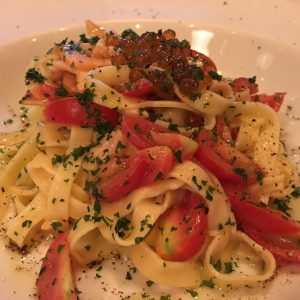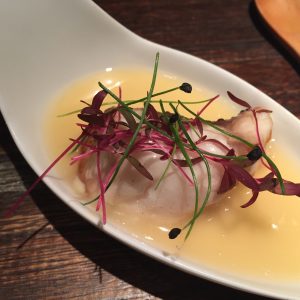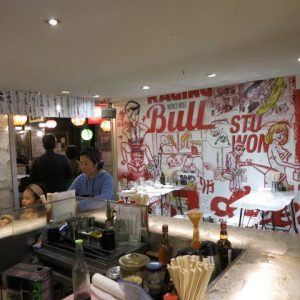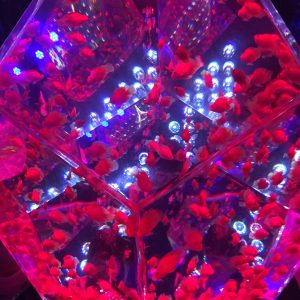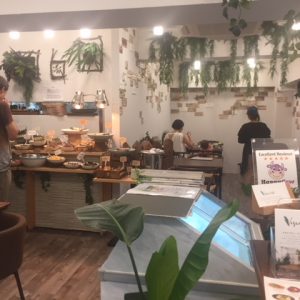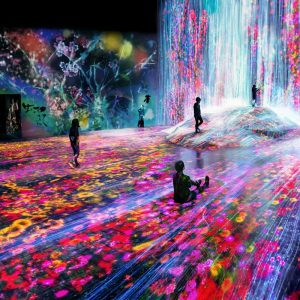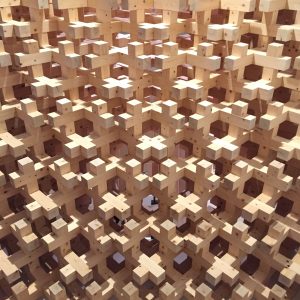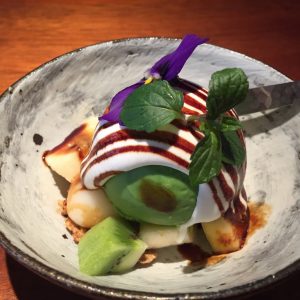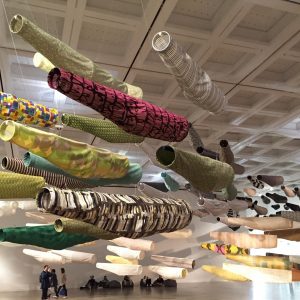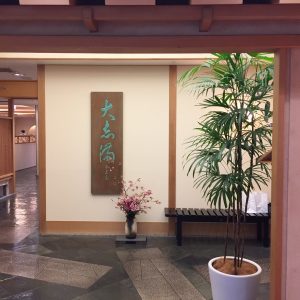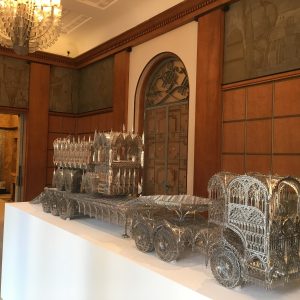MAMMA MIA! WHAT A MEAL AT MAMMA LUISA’S TABLE
When my Tuscan friend Gabriella feels enthusiastic about something she rolls her eyes toward the heavens and exclaims, “Mamma mia!” No, she’s not an Abba impersonator. In this particular case it was an apt reaction to finding Mamma Luisa’s Table, a tiny Tuscan gem of a restaurant tucked away in the backstreets that fringe Tokyo’s vibrant Shibuya shopping district. It was just cooling down on a late summer evening and definitely time for a chilled glass of wine as we… Read more »

